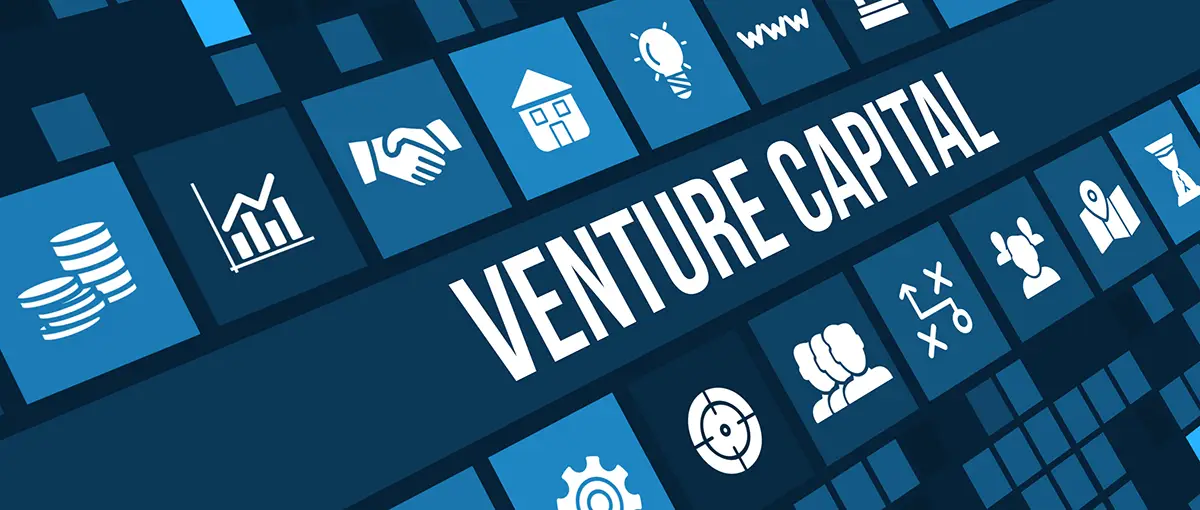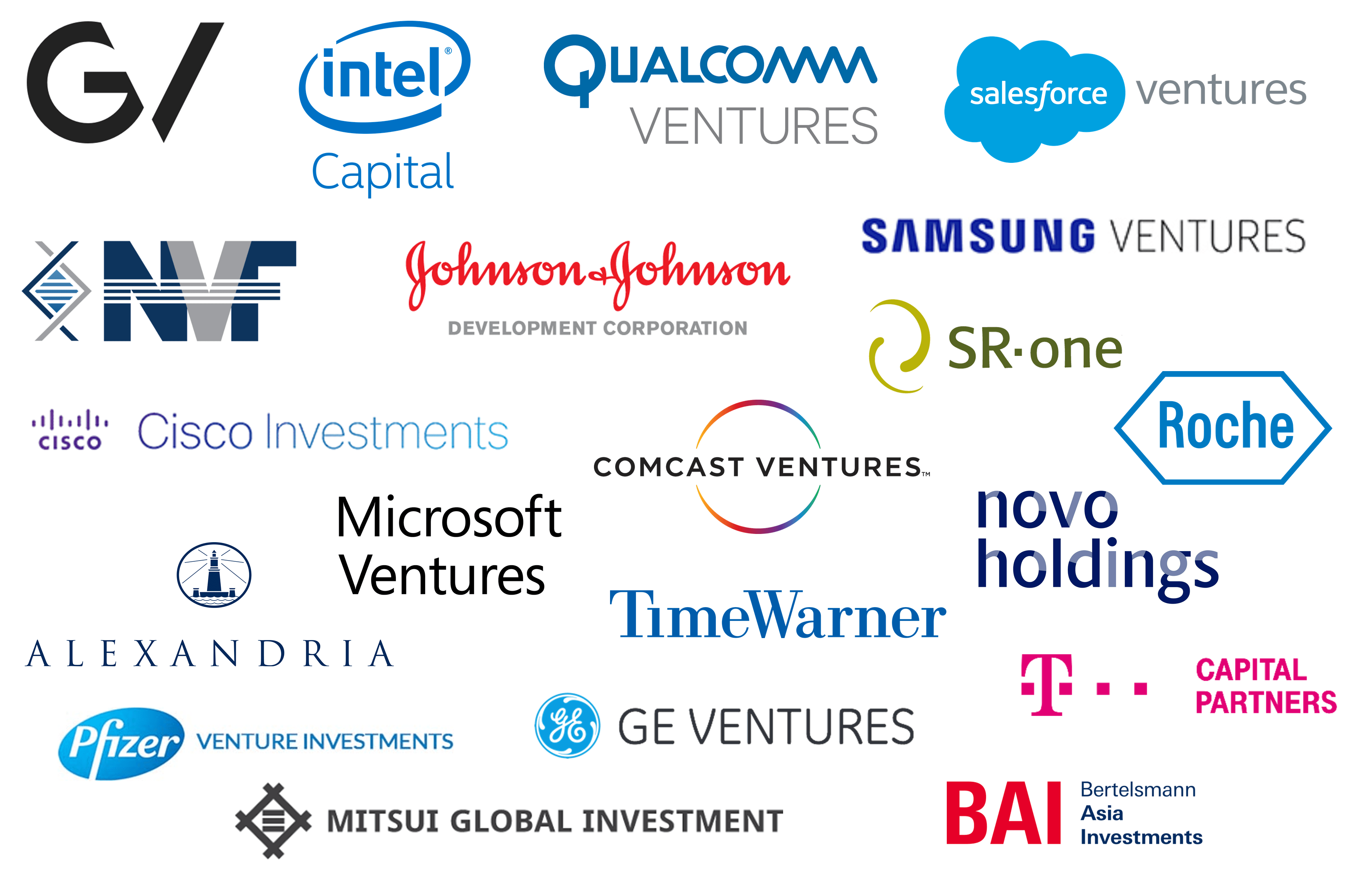Have you ever wondered how venture capitalists make their money? Are you curious about the hefty salaries they earn for seemingly just investing in startups? As someone who has been fascinated by the world of venture capitalism, I’ve done my fair share of research and discovered some interesting truths.
In this article, we’ll dive into the details of how venture capitalists are paid. From management fees to carried interest, we’ll uncover the various ways these investors earn their salaries. Additionally, I will share insights from personal experiences and interviews with industry experts to give you a well-rounded understanding of this topic. So if you want to know more about how venture capitalists make their money, keep reading! You won’t want to miss it.
So, how are venture capitalists paid?
Venture capitalists are typically paid through a combination of management fees and carried interest. Management fees are an annual percentage of the total capital committed to the fund, usually around 2%. This covers the operating expenses of the venture capital firm, including salaries for employees and office space.
The bulk of a venture capitalist’s income comes from carried interest, which is a share in the profits generated by successful investments. This is typically around 20% and is only paid out once all investors have received their initial investment back plus any agreed-upon returns.
While on paper it may seem like venture capitalists make exorbitant amounts of money due to their high salaries, it’s important to note that they also take on significant risk with each investment. They often invest large sums into startups that have yet to prove themselves and face the possibility of losing everything if those companies fail.
Additionally, becoming a successful venture capitalist requires years of experience and industry knowledge, making it a highly competitive field. So while their salaries may be lucrative compared to other professions, it reflects their expertise and ability to identify promising opportunities for growth.
Understanding the Basic Structure of a Venture Capital Firm
Let’s get to the heart of what a venture capital firm really is. Picture this: you’re an inventor and you’ve just created your most groundbreaking product yet, but there’s one minor hitch – funding. You need money to grow, produce and market your invention, and that’s where venture capitalists come in! A venture capital (VC) firm is like a group of fairy godmothers (and fathers) for dreamers and creators who have big ideas but are short on cash. But instead of wands, these fairy godparents wave around investment funds.
Now let’s break down the basic structure. At its core, a VC firm usually consists of two main components:
- General Partners (GPs): These are the people running the show at ground level; they hunt for promising startups to invest in.
- Limited Partners (LPs): This group typically includes pension funds or wealthy individuals who provide most of the fund’s capital but don’t participate in daily operations.
When GPs spot potential in your great idea or business model, they pool resources from LPs to invest in your venture—in exchange for equity stakes. So essentially, it’s not just about giving away money! The ultimate goal is nurturing businesses until they thrive enough so their investments can be sold off profitably—also known as an “exit” strategy.
Whether you’re an entrepreneur hoping to catch their eye or simply fascinated by how modern business works – understanding these basics can help demystify how magnificent innovation meets substantial financing.
The Role of Management Fees in Venture Capitalist Compensation
Venture capitalist compensation is a complex subject, woven with many threads. At the heart of it nestles management fees, like a quiet but powerful motor fuelling the whole machine. Management fees serve as an essential component that not only guarantees operation costs are met but also assures venture capitalists some form of steady income. Typically representing around 2% of committed capital annually, these fees ensure that VCs can sustain their operations even in lean times when successful exits may be few and far between.
Let’s delve into this further by imagining you’re part of a VC firm managing a fund totalling $100 million with an annual management fee rate at 2%. That means your firm stands to earn $2 million each year regardless of investment performance – quite a tidy sum!
- This fee covers everything from employee salaries to office rent.
- It might also be used for research purposes in sourcing new investment opportunities or for due diligence on potential investments.
This crucial aspect ensures financial stability within VC firms and incentivizes them to keep pushing forward despite occasional setbacks in their portfolio companies.
So while reward structures like carried interest often grab the headlines when we talk about venture capitalist compensation, let’s never underestimate the humble yet vital role played by management fees.
Read also: who are Broadcom’s joint venture partners
Deciphering Carried Interest: The Lucrative Bonus for Successful Venture Capital Investments
Venture Capitalists live in a world of high stakes and potential windfalls. Among the perks that come with this territory is something known as carried interest. It’s a term that might sound complex to those on the outside, but it’s actually quite simple; think of it as a performance fee or lucrative bonus for venture capitalists. When they successfully invest in startup businesses, which later prosper and provide stellar returns, carried interest becomes their slice of the profit pie. This incentive helps drive them to make smart investment choices, ensuring they’re always pushing for success.
The way carried interest works is quite straightforward: Venture capitalists typically charge an annual management fee (often around 2%), plus 20% of the fund’s profits above a certain threshold – also known as ‘carry.’ Let’s put this into perspective through an example:
- A VC firm raises $100 million from investors.
- The firm then invests this money into startups.
- If these investments yield returns equal or greater than $120 million,
- The venture capitalist would take 20%, or $4 million, as carried interest.
This mechanism aligns the interests of both fund managers and investors. The better their picks perform in terms of business growth and profitability, the larger their reward pocketed in form of carry – hence promoting diligent decision-making when choosing where to allocate funds.
 Impact of Fund Performance on Venture Capitalists’ Earnings
Impact of Fund Performance on Venture Capitalists’ Earnings
Impact of Fund Performance on Venture Capitalists’ Earnings
Venture capitalists, much like stars of the night sky, operate in a world that can be as unpredictable and changing as it is rich with potential. The performance of their funds plays an integral role in determining their earnings – a varying landscape that may sometimes bloom with rewards or at other times pose challenging terrain to traverse.
Fund Performance is not just about picking the right startup companies; it’s about astute decision-making, strategic planning and foreseeing market trends. Let’s take a closer look at this.
- The better the fund performs, the higher returns venture capitalists receive.
- If investments don’t fare well due to market changes or poor decision-making, earnings may fall short.
- A successful exit strategy (like selling shares when they peak) enhances fund performance significantly.
On another note,Venture Capitalists’ Earnings are directly impacted by their funds’ success rate.
- An exuberantly performing portfolio will lead to substantial financial gains.
- Earnings can also come from management fees charged on these investment funds.
- In contrast, if losses occur extensively across investments made by these professionals, their wealth will inevitably dwindle down.
- An Angel investor will generally take less equity than a VC,
- Their investment amounts tend towards being lower,
- They may offer mentorship alongside cash.
- Hurdle Rate: In simple terms, imagine investing $100 million with a hurdle rate of 8%. The venture capitalist will not start earning carry until returns surpass $108 million.
- Fund Lifecyle: Venture capital funds typically operate over ten years – five years for investment activity followed by five years for harvesting returns. Therefore patience becomes another factor in their compensation.
Thus we see how closely intertwined fund performance is with venture capitalists’ potential earning power. A shrewd understanding of market dynamics along with keen business acumen serves as coveted tools for ensuring lucrative returns amidst uncertainty. Venture capital isn’t for those fearful of risk – instead it asks you to embrace unpredictability while simultaneously wielding foresight and wisdom.
You may also like: are venture capitalists rich
Venture Capitalists vs. Angel Investors: A Comparative Look at Payment Models
Venture capitalists and angel investors are two heavyweight players in the world of business finance, each having their distinct way of running things. A venture capitalist is typically part of a professional firm or organization that pools funds from several investors to back promising startups or businesses looking to expand. The funding provided by venture capitalists often comes with stringent terms. They seek companies with high growth potential and expect a robust return on investment (ROI) – all their eggs aren’t just placed in one basket! In exchange for their financial backing, they usually request an equity stake in the company which gives them some level control over operations.
On the other hand, angel investors, as heavenly as it sounds, are wealthy individuals who provide capital out of their own pockets for business ventures. Although both entities demand a slice of your company pie,
there’s something rather personal about angel investments; it’s like they’re cheerleaders financially rooting for you on the sidelines. Unlike venture capitalists who bet on multiple horses at once, angels tend to be more selective about whom they invest in.
Rather than simply seeking high returns, many find satisfaction supporting entrepreneurs they believe in; thus making them sometimes appear like guardian angels ready to catch falling stars and help them rise again.
Conclusion: Unveiling the Complexities behind How Venture Capitalists are Paid
A common misconception about venture capitalists is that they make a quick buck at the drop of every successful investment. However, this couldn’t be further from the truth. Venture capitalists’ pay structures are intricate and involve various stages. Their primary income sources are management fees (a fixed percentage of the managed funds) and carried interest (also known as ‘carry,’ which pertains to a cut on profits earned). Some might picture lavish bonuses falling into their laps each time an investment hits big, but such instances are actually quite rare.
For instance, let’s delve deeper into management fees. This is usually 2% of total assets under management (AUM) paid annually, regardless of fund performance. It covers operating expenses like salaries and rent but doesn’t necessarily translate to personal wealth.
The more complex aspect comes with carried interest. Usually set at 20%, it only applies once all investments have been returned and a predefined threshold return rate has been surpassed – called hurdle rate or preferred return.
So contrary to prevailing misconceptions, venture capitalists don’t get paid unless their investments truly succeed! Their reward system is carefully constructed around fostering long-term success rather than short-lived windfalls.

